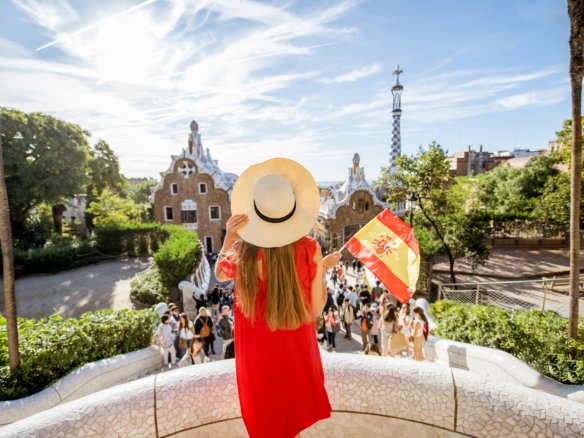Setenil de las Bodegas, located in the province of Cádiz, has become one of Spain’s most picturesque villages. Built directly into rock formations, this village has a unique charm that attracts thousands of tourists each year.
While major cities like Madrid and Barcelona draw many visitors, Spain’s smaller villages offer rich cultural experiences. Setenil, part of the White Villages Route, is an especially unique destination. Many homes and buildings are constructed beneath massive rock overhangs created by erosion from the Guadalporcún River. These natural rock shelters provide insulation, keeping houses cool in summer and warm in winter.
Setenil’s history dates back to prehistoric times, with significant influence from Roman and Moorish occupations. The name “Setenil” derives from Latin, meaning “seven times nothing,” referring to the Christian Reconquista’s multiple failed attempts to capture it from the Moors, which finally succeeded in 1484.
Today, Setenil’s historical sites, such as the Gothic-Renaissance Church of Nuestra Señora de la Encarnación and the remnants of a Nasrid castle, enhance its allure. Additionally, the village is ideal for nature lovers, offering scenic hiking routes like the Camino de la Aguilera. Local culinary specialties, including cured meats, olive oil, and traditional dishes like sopa cortijera, are also highlights. Popular eateries include Bar Frasquito, El Mirador, and Nogalejo.
Setenil de las Bodegas stands out for its distinctive architecture and natural beauty, securing its place among Spain’s most beautiful villages.
Bodegas
The term “bodegas” in Spanish means a wine cellar or a place for storing and producing wine. This term, commonly used in Spanish and Portuguese cultures, generally refers to locations where wine is stored or produced. However, in certain areas like Setenil, it may also refer to old storage rooms or natural caves that were historically used to store food and beverages. These places have become an integral part of the local culture and history.





Join The Discussion